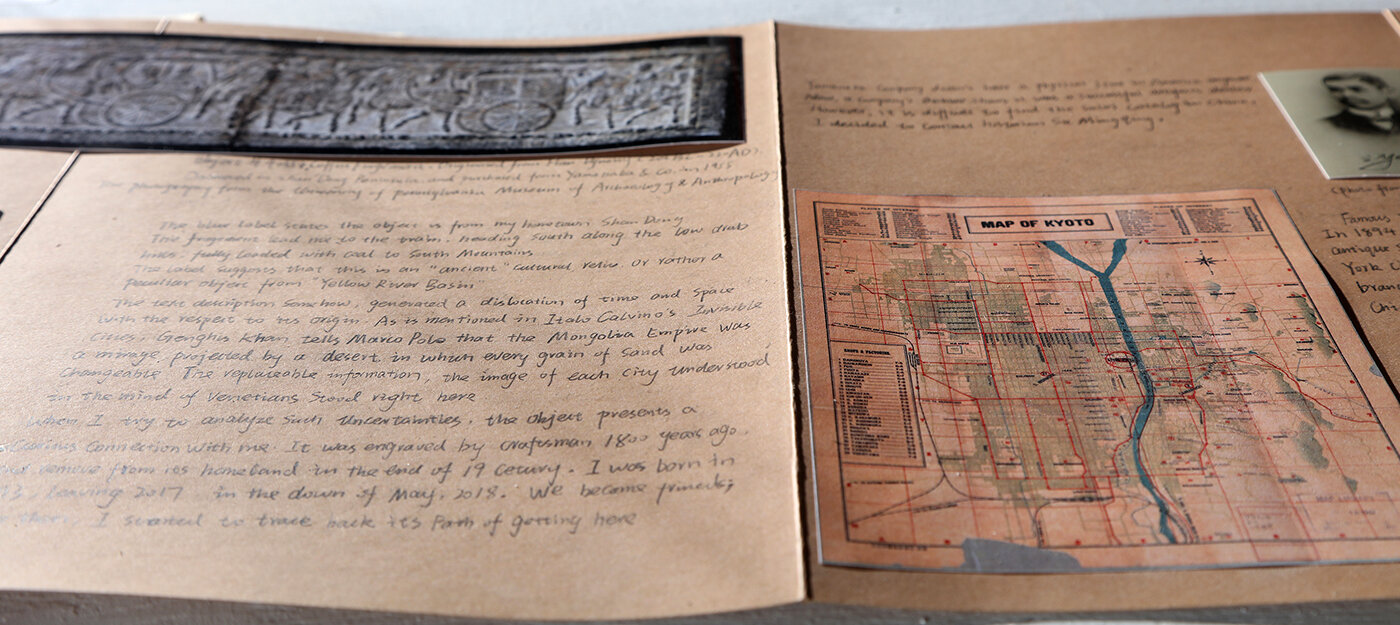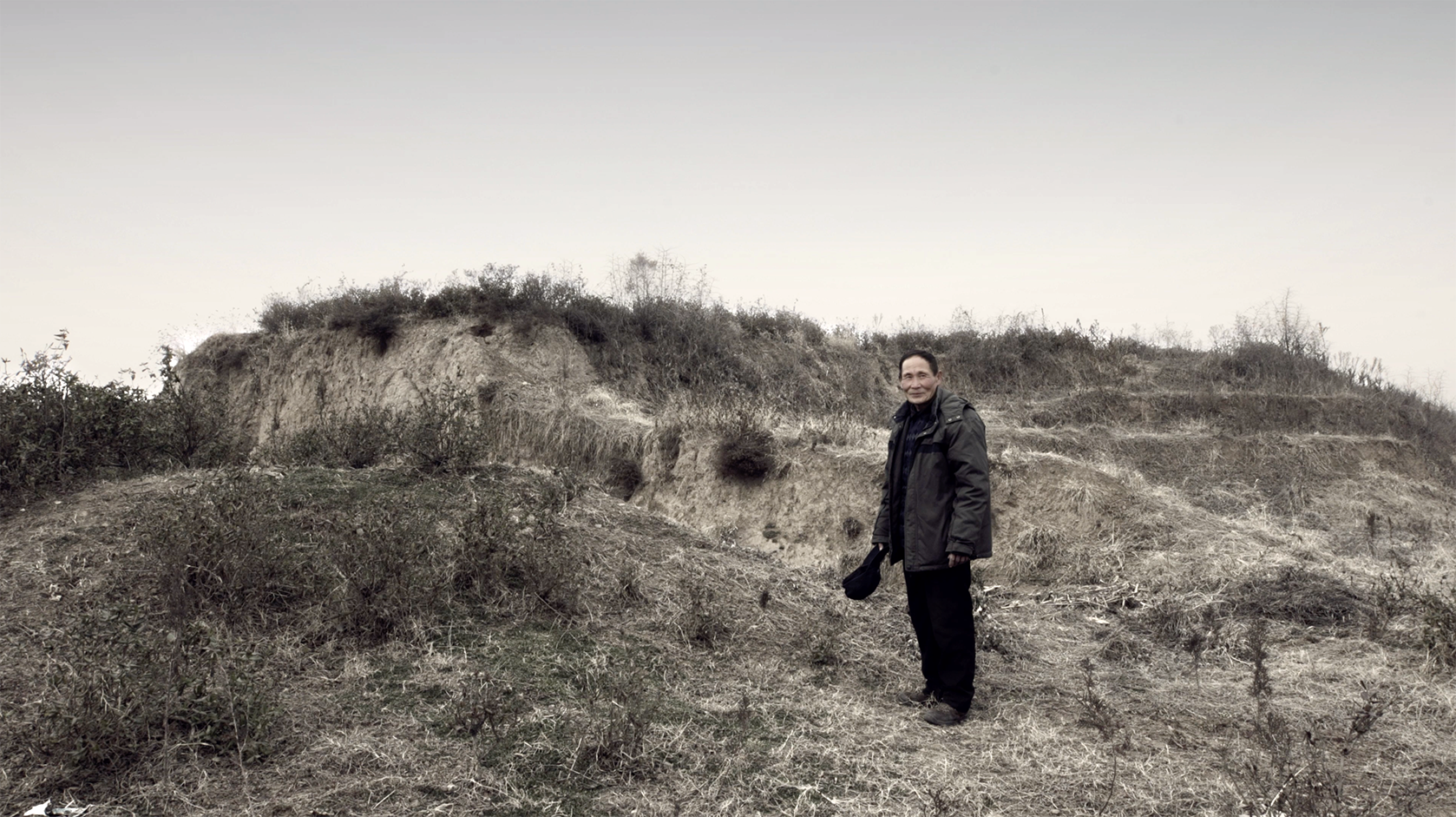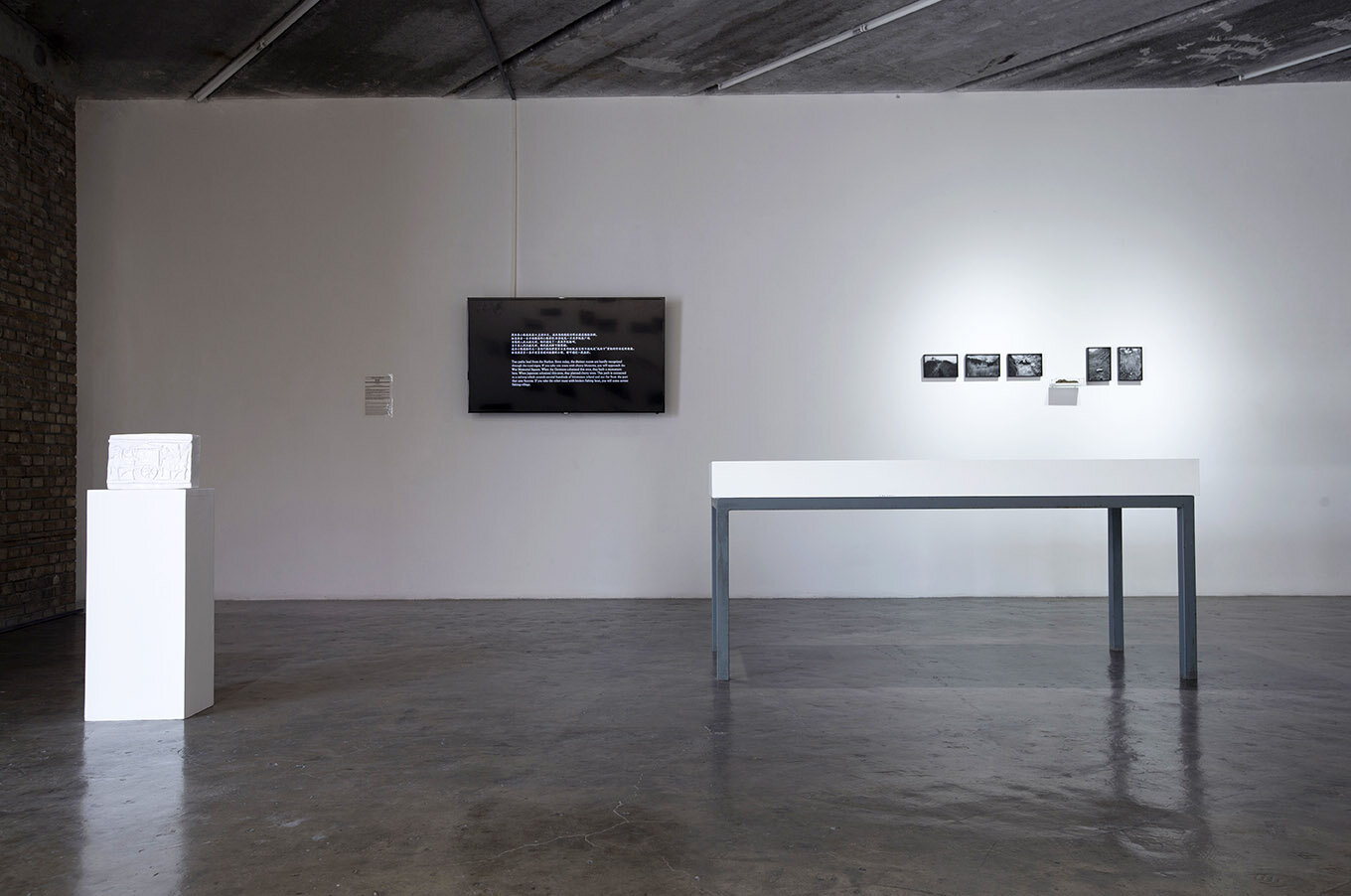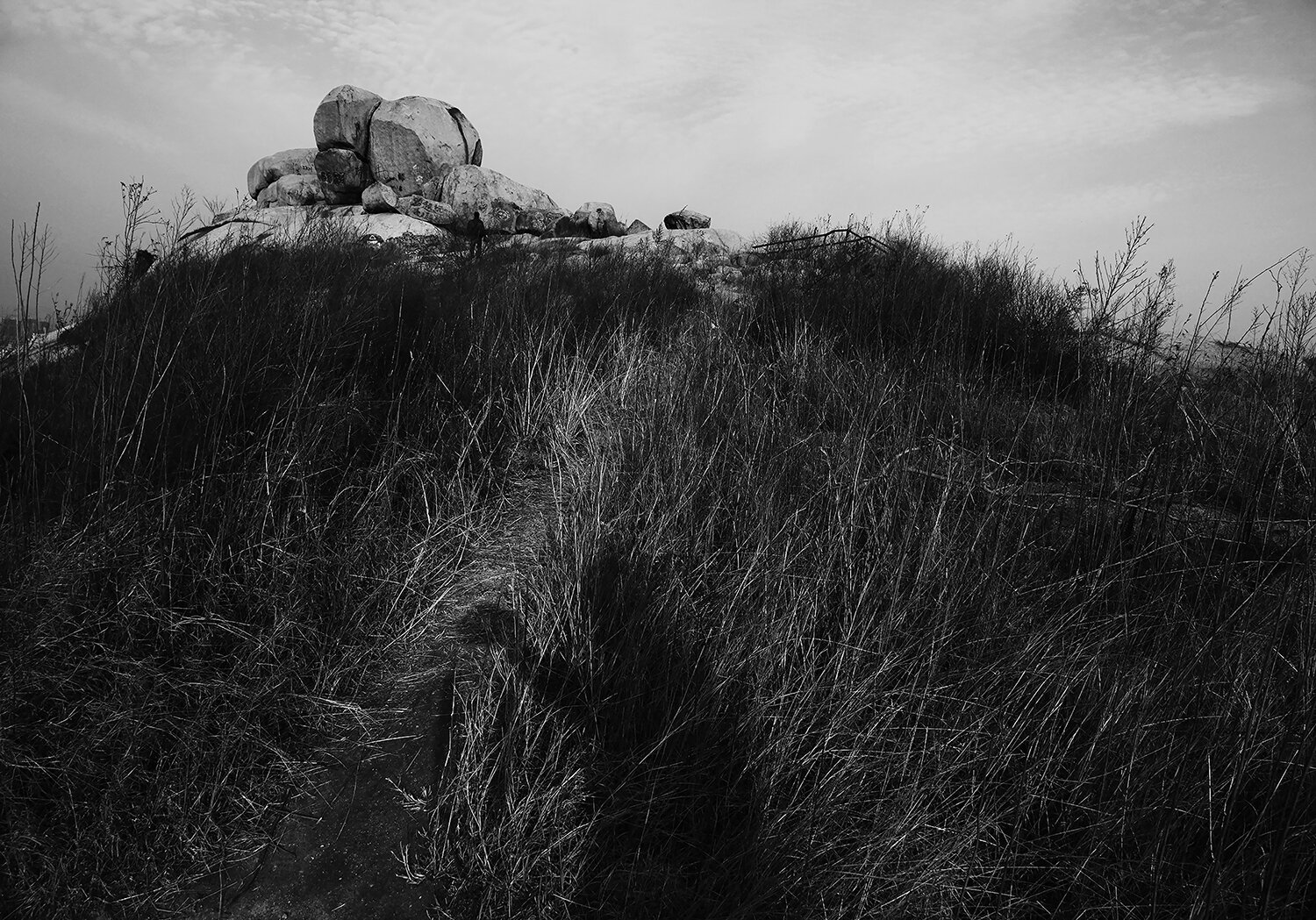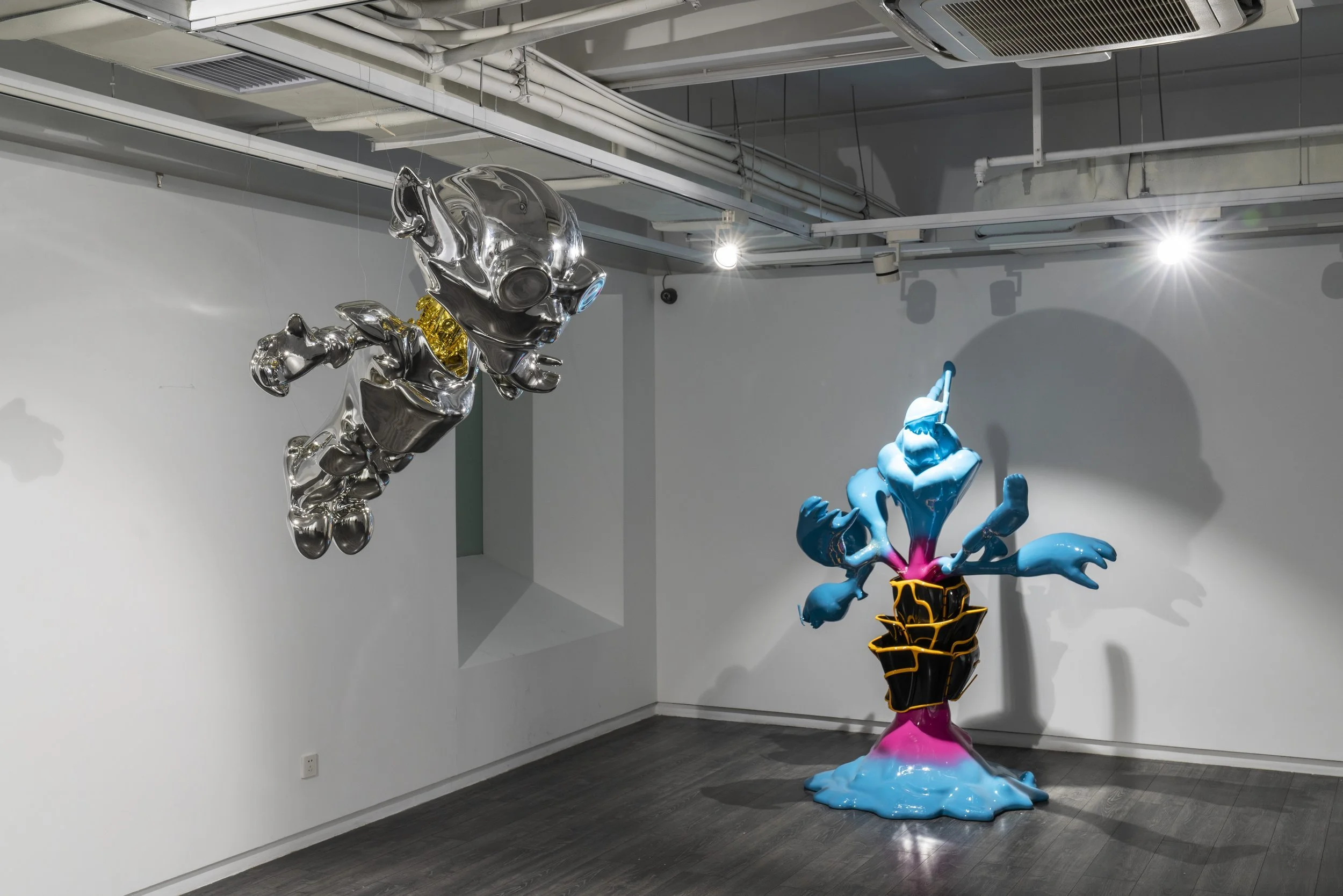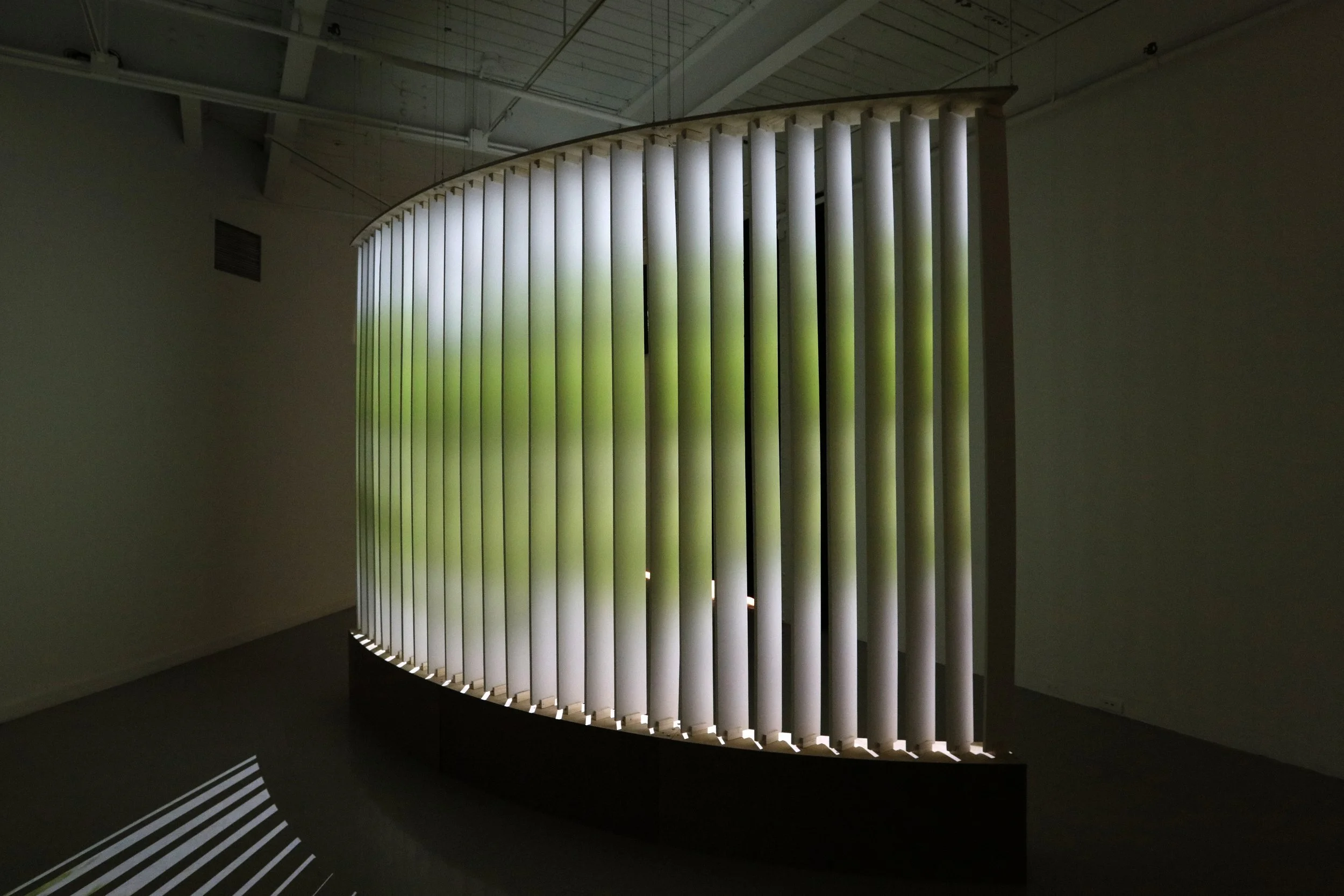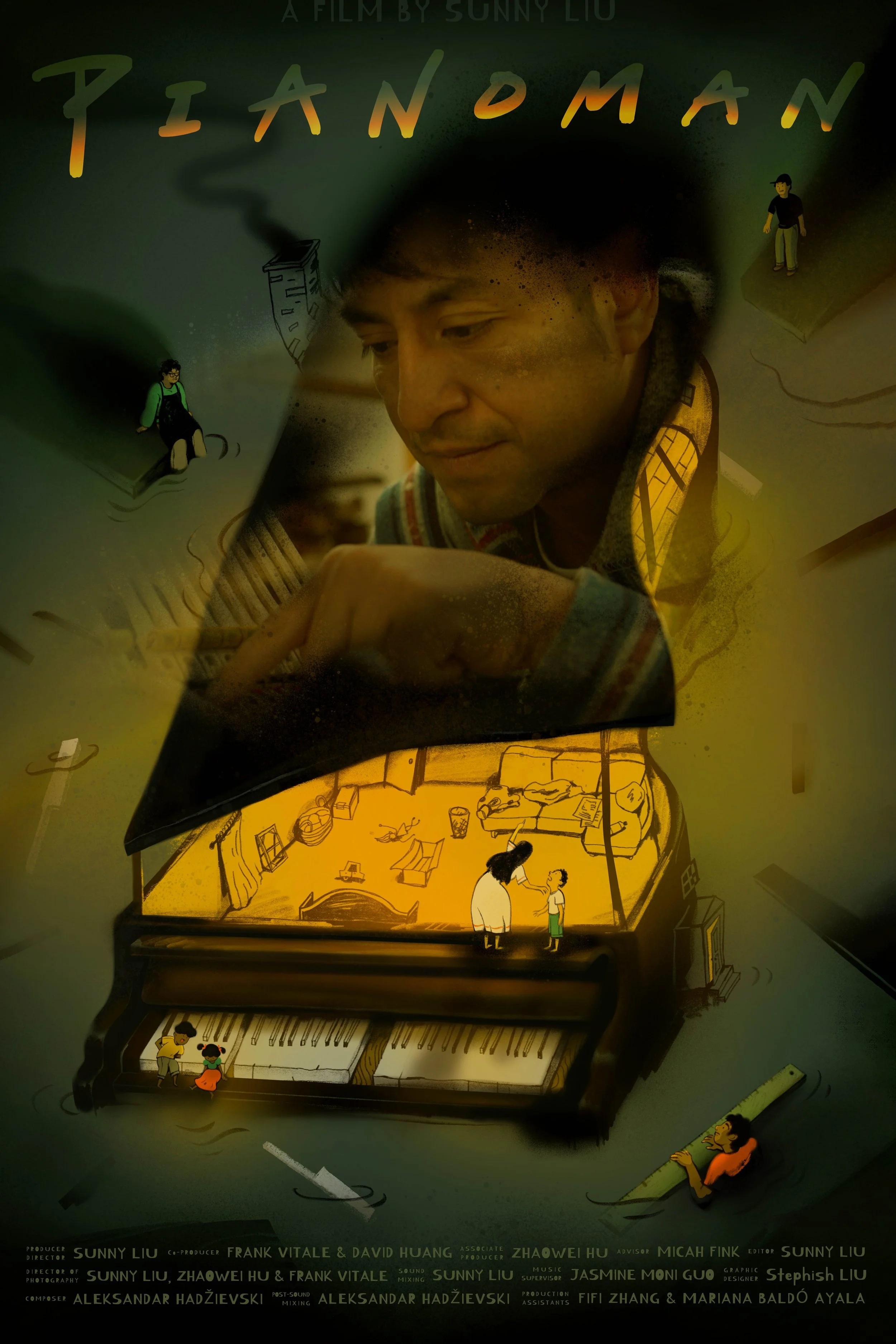10 Questions with Beichen Zhang
Beichen Zhang was born in Shandong, China. He received his BA in photography department from the Shandong University of Arts in 2016(China) and MFA from Maryland Institute College of Art in 2019 (United States). By researching in the narration of photography and unveiling hidden histories, he frames most of his works through essay films and institutional research. He recently worked with a broad range of media, using audio, installation, art books to query and investigate the relationship of artifacts and Asian colonial history, the archive and geopolitical vicissitude, and the identity’s fluidity within the post-colonialism context. His work is a set of a visual experience of a metaphorical and poetic method through personal narratives. Through the research of archaeology and anthropology, history, art, and other disciplines, he examines and builds a poetic visual language with its thoughts.
Beichen Zhang has exhibited widely, including the Three Shadows Photography Art Centre (Beijing), 34th Image Forum Festival (Tokyo), Sunny Art Centre (London), and Gallery 104 (New York), and now he lives and works in New York City. Some photography works are represented by New York Art Center in Tribeca.
Portrait of Beichen Zhang©
11.565 Km Project | DESCRIPTION
Since 2018, I started research based on the shifting history of the ancient Asian artifacts collected in the American Museum. From this, I create a photographic archive project named the 11,565 Kilometers Project. In this project, I practice my "archive" thoughts to create new images based on the past and physically present the lost, displaced historical stories. 11,565 Km Project tracks the path of an artifact ((object#: 40-35-4) from the Shandong province (China) to the University of Pennsylvania Museum of Archaeology and Anthropology (USA). This work highlights issues related to the circulation of Chinese artifacts, the complexity of Northern Asian colonial histories. It portrays the long migration of this Chinese coffin, its historical colonial background, and the power dynamics within institutional museum collections.
I was involved in field investigations, cultural relic reproduction, historical text research, and museum institutional criticism work in multiple countries, from the Shandong area in China to San Francisco, Philadelphia in the United States. It takes up to 17 months and I present this project in a site-specific exhibition with multimedia a fictional museum context. 11,565 Kilometers project includes a photography book, an essay film, a photography installation (soil, rocks, photos), one 3D Print sculpture. The 29-minute essay film is an extended poetic moving-image collection. It presents hundreds of pictures of an old artifact smuggling path, which contrasts with historical landscapes and current scenes. The photographic installation, including my photography works, historical images before 1890-World War I collected and historical sites' objects. Different photo and multimedia pieces work together to create a museum-like function, make the audience understand this unknown history and connect the imagination from things to people and put forward the questions to the knowledge system's authority.
11,565 Kilometers Project photo installation view in Cardinal Gallery, 2019, Baltimore, Beichen Zhang©
INTERVIEW
Could you tell us a little more about your background and how did you begin making art?
I lived in a small town, and we don't have any art museum or photography gallery in the town. Luckily, my father built the first photography studio in my hometown, so I follow him to learn darkroom skills and traditional photography skills at a young age.
When I start learning my BA degree in photography in China, I move to another city Jinan. I start learning more about photographic and aesthetic theories, and I also study history and anthropology in the museum. Through this training, I try to use photography as my medium to explore some mysterious history.
In 2017, I decided to do photography in a new environment, so I moved to Baltimore, US. Here, I work with artists, curators, galleries, and museums. This experience enables me to do a more complicated art project.
What are you trying to communicate with your art?
My work is a set of a visual experience of a metaphorical and poetic method through personal narratives. Through the research of archaeology and anthropology, history, art, and other disciplines. In recent years, I am focused on doing my art on photography archive. I am trying to explore a new narrative lane and represents the different moments between the landscape and the current scene.
Left side of the 11,565 Kilometers Project in the Main building, 2019, Baltimore, Beichen Zhang©
11,565 Kilometers photography installation, Beichen Zhang©
Your recent work is the "11,565Km Project." Could you tell our readers more about it?
In the 11,565 KM project, I used various media to combine photography, archives, and museum investigations. I am trying to present a bleak sense of landscape and penetrates the missing clues under the historical representation with extremely calm and objective power.
11,565 Km Project tracks the path of an artifact from the Shandong province (China) to the University of Pennsylvania Museum of Archaeology and Anthropology (USA). This work highlights issues related to the circulation of Chinese artifacts, the complexity of Chinese colonial histories. It portrays the long migration of this Chinese coffin, its historical colonial background, and the power dynamics within institutional museum collections.
Currently, issues such as the legality of cultural relics ownership are often reported in our newspapers. Suppose we look back to the history of museums. At the beginning of Museums' establishment, American museums seem to be engaged in an ambitious competition to become the kind of great museums over one century. They imagine presenting the whole world in one building. The crisis implied by this ambition has an impact on the legitimacy of cultural relics.
11,565 Kilometers Project photography book details, Beichen Zhang©
Image1 of Essay film 11,565 Kilometer Project, Beichen Zhang©
Today, museums often display a large number of cultural relics to the audience; they have to use some strategies to educate the audience to observe and understand the cultural history and cultural relics and use some relevant curatorial skills to convey ideas. In the curatorial process, the museum textualized its objects and constructed a new context. I found that this kind of narrative is not entirely accurate. Therefore, the problem with this "Object 40-35-4" is not unique but a product of an institutional problem. When the object crosses the world like 11,565 Kilometers, the label can't speak on behalf of the artifacts.
The combination of the images and installations create an interface between your artistic philosophy and society. Where do you find inspiration? And how do you engage with your network?
I have a series of systematic methods to do my art project. Normally, I captured my inspiration by reading books and visiting museums. The reading provides me a deep understanding of different topics, and the museum visiting helps me broaden my knowledge tree on my artworks. For example, I am doing an art project to explore some mysterious stories in ancient maritime trade in the Southern China area. So, I am reading several books about the story of adventure in the West Pacific Ocean. This reading material helps me to imagine that mysterious space. I also visited an archaeological excavation exhibition named Treasures of Ancient Egypt: Sunken Cities held in the Richmond Museum of Art this year. In this show, the historical relics show the historical connection between a brilliant civilization and nature's powers. These visiting experiences lead me to excavate some new stories for my project.
11,565 Kilometer Project Site-Specific Exhibition installation view, Beichen Zhang©
What aspect of your work do you pay particular attention to?
The visual quality is the most part I pay attention to.
I always look for different compositions, colors to create each footage in my films and photography. Also, I think the logic of the text is also important. Because text can produce a parallel montage with the footage, they interact with each other and have a new dialogue.
Let say you have an upcoming show; how do you present "11,565Km Project." in an exhibition space?
I want to do this project by making a vast artifacts excavation site in the exhibition space, make the site as a center, and placing all my artworks along the center. And the whole exhibition could be set up in a museum-like space. The photographic project has a kind of metaphoric connection with the surrounding environment and richer narrative clues. When visitors are walking in this exhibition, they experienced a journey between the real and the fiction, the unexplained ancient and the poetic present.
11,565 Kilometer Project installation view at the Three Shaodws Photography Art Centre, 2020, Beijing, Beichen Zhang©
11,565 Kilometer Project Notes #3 and #4,15X22cm, Beichen Zhang©
What do you think about the art community and market?
The community has been playing a critical role in my art experience. I used to study with many artists, curators, and scholars in Maryland. I shift my art project topic from a regional photography project into a cross-regional context in this academic environment.
I have a clear classification of my projects. Most of my works are exhibited in nonprofit art institutions or cultural organizations. And these institutions and museums are an essential part of the art circle.
I also have another series of works are represented by the gallery. I currently have 11 photos represented by NYA Gallery in New York. If we look at NYA gallery as a micro-environment of the art world, they have a precise classification of different artists, emerging artists, establish artists, etc. The gallery is a hierarchical world, and the artist must be confident to face the challenges from the market.
What is the most challenging part about being an artist during pandemic times?
Losing travel freedom is the most serious difficulty in my artworks. I am supposed to be in Sri Lanka this year to complete my new photography project on the ancient maritime trade. Eventually, I was unable to start this project because of this pandemic.
Since March, most of my works are exhibited in different online exhibitions. Most of my lectures, film screenings are all moved online too.
I am still trying to learn the new working process. I participate in an important exhibition in Beijing when I was in New York in May. I contacted the curator and on-site staff through Zoom, WeChat. Finally, we completed a remote offline exhibition perfectly. And in this show, we also have an online judging session, juries, artists, and curators from France, British, Japan, and China, and we do presentations in Zoom. It's a very unforgettable experience.
11,565 Kilometer Project Notes 1-2, 22X15cm, Beichen Zhang©
11,565 Kilometer Project Notes 1-1, 22X15cm, 2019, Beichen Zhang©
Do you have any upcoming shows or collaborations you are looking forward to?
Yes, I have three exhibitions in the next four months, two group shows and one solo show.
My solo exhibition will be held in February 2021. It will include all parts of the 11,565 kilometers project and the Shadow of the Temple project. There are hundreds of photos I took from 2016 to 2020.
The entire exhibition presents my exploration of cultural heritage, hidden history. It also shows my art practice on different media, including essay films, live performances, and photography. Some relevant local curators and writers will also join the discussion. I hope this art exhibition can arouse the publics' awareness of the cultural heritage protection in the Yellow River through visiting my photographic world.






